Off the western coast of Italy, the Gulf of Pozzuoli in the Tyrrhenian Sea is an underwater museum of ancient ruins, submerged baths, and even remnants of a forgotten city. Its stunning emerald waters, where Roman emperors once bathed, are now home to dolphins and schools of sperm whales gliding through the historic depths. In 2023, archaeologists diving into these waters stumbled upon what appeared to be the remains of a 2,000-year-old Nabataean temple—a site with architectural echoes featured in Indiana Jones and the Last Crusade, according to Live Science. Their findings were officially published in Antiquity in September 2024.
This remarkable discovery came through a collaboration between Italy's Ministry of Culture and the University of Campania as part of the “Between Land and Sea” project. This initiative aims to uncover the rich archaeological heritage hidden along the Phlegraean coast, a region marked by ongoing volcanic activity and geological shifts. These underwater ruins offer an extraordinary window into ancient Rome's daily life, commerce, and culture, preserving layers of history within the tranquil yet tectonically active Gulf of Pozzuoli.
During the Augustan era (31 B.C. – 14 A.D.), this region was one of the most important ports on the Mediterranean trade network. The bustling district boasted a rich urban landscape dotted with warehouses where merchants stored grains. This temple, however, was filled with concrete and broken pottery soon after it was constructed, probably due to foreign traders leaving the area.
"For me, this was one of the most unexpected discoveries," the study's lead author Michele Stefanile, told Live Science. The temple was discovered through aerial photogrammetry conducted in the region in 2022. Inside the temple, the researchers found two rooms bordered by walls of “opus reticulatum,” an ancient Roman construction consisting of small blocks of volcanic tuff arranged in a net-like pattern.
- YouTubewww.youtube.com
In one room, two altars of white marble leaned against a wall with several rectangular recesses, that once housed “anepigraphic betyls,” sacred stones that Nabataeans used for worship. Each room also revealed a marble slab featuring the Latin inscription "Dusari sacrum," meaning "consecrated to Dushara," the main god in the ancient Nabataean religion. "It seems that we have a building dedicated to the Nabataean gods, but with Roman architecture and Latin inscription," Stefanile said.
According to the study authors, “The existence of a Nabataean sanctuary within the port area confirms that there was a community from that region participating in the commercial activities of Puteoli.” Between the fourth to second centuries B.C., the Nabataean Kingdom was in its golden age, where prosperous merchants traded in luxury goods such as incense, gold, ivory, and perfumes.
Nabataea experienced its decline in 106 CE when Emperor Trajan created the province of Arabia Petraea, affecting the independence of Nabataeans with his conquest. In the early 2nd century BC, this temple was clogged with concrete powder and was considered forgotten, until these archaeologists dug it up. The presence of amphorae discovered in the submerged temple is evidence of this. This event not only marked the decline of the Nabataean kingdom but also brought down its formerly flourishing trade network.
This article originally appeared last year.













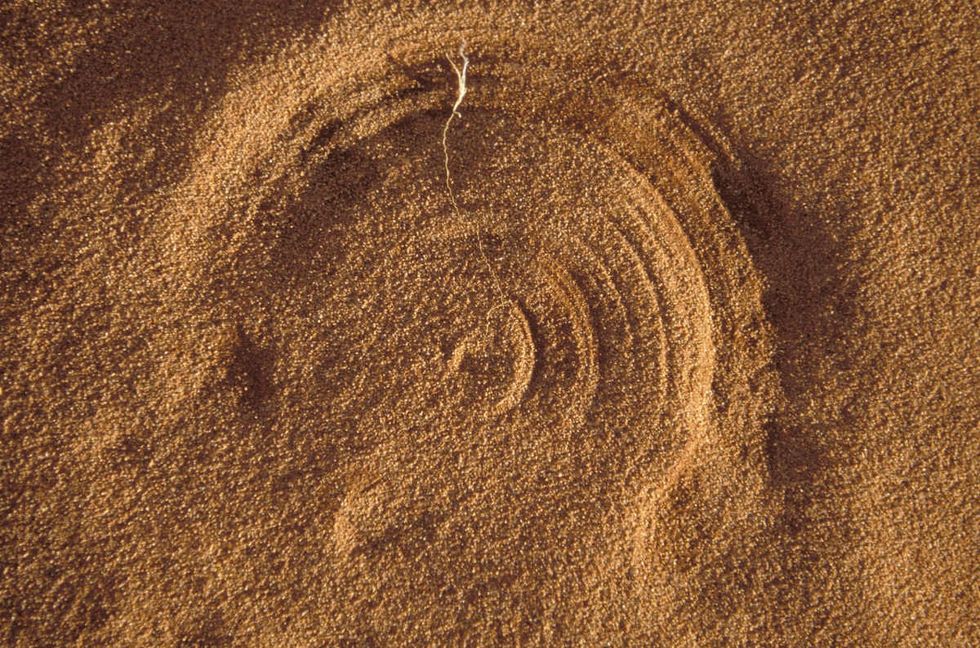 Representative Image Source: Plant growing in sand (Getty Images)
Representative Image Source: Plant growing in sand (Getty Images)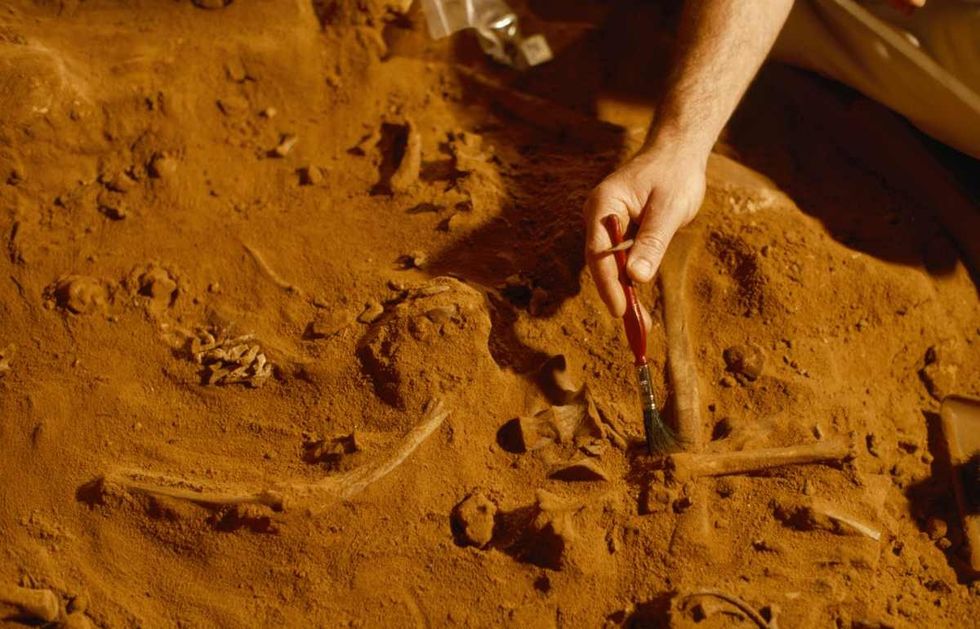 Representative Image Source: Naracoorte Caves, South Australia. An archeologist brushes soil from fossils at an excavation site.(Getty Images)
Representative Image Source: Naracoorte Caves, South Australia. An archeologist brushes soil from fossils at an excavation site.(Getty Images)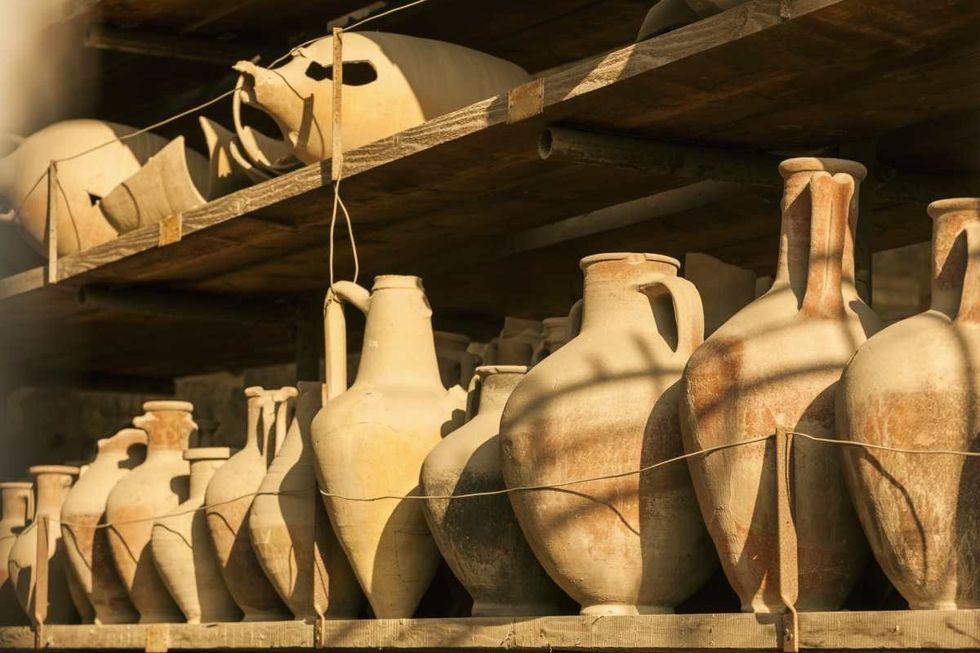 Representative Image Source: Italy, Campania, Pompei . Pompei archaeological site, amphora and pottery details (Getty Images)
Representative Image Source: Italy, Campania, Pompei . Pompei archaeological site, amphora and pottery details (Getty Images)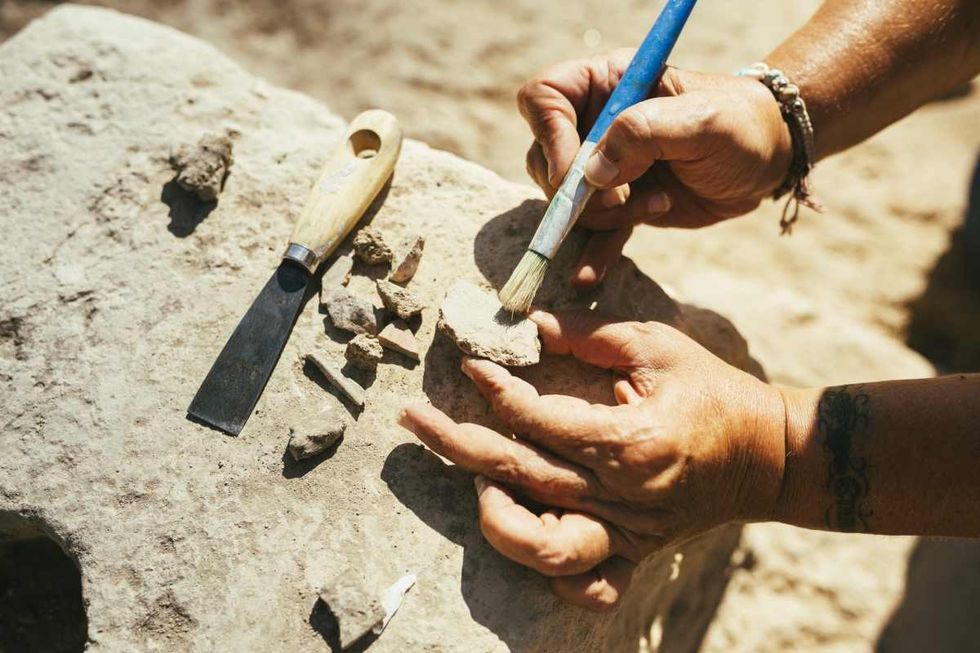 Representative Image Source: Woman's hands using a brush to clean up a piece of ancient pottery on an archaeological site (Getty Images)
Representative Image Source: Woman's hands using a brush to clean up a piece of ancient pottery on an archaeological site (Getty Images)

 Decomposing Fungi - Muir Woods National Monument (U.S. National ...
Decomposing Fungi - Muir Woods National Monument (U.S. National ... The Devil with a Sceptre (with candle) - Halloween 2023 | Flickr
The Devil with a Sceptre (with candle) - Halloween 2023 | Flickr Weekly Wrap Up: “Never Has a Nation So Small Inspired So Much in ...
Weekly Wrap Up: “Never Has a Nation So Small Inspired So Much in ...

 Image Source: Christa McAuliffe during a microgravity flight aboard NASA's KC-135 zero-gravity aircraft, January 8, 1986. Image courtesy National Aeronautics and Space Administration (NASA). (Photo by Smith Collection/Gado/Getty Images)
Image Source: Christa McAuliffe during a microgravity flight aboard NASA's KC-135 zero-gravity aircraft, January 8, 1986. Image courtesy National Aeronautics and Space Administration (NASA). (Photo by Smith Collection/Gado/Getty Images) Image Source:
Image Source:  Image Source:
Image Source:  Image Source:
Image Source:  Image Source: The space shuttle 'Challenger' malfunctions shortly after take-off, resulting in the deaths of all seven crew members, 28th January 1986. (Photo by Space Frontiers/Getty Images)
Image Source: The space shuttle 'Challenger' malfunctions shortly after take-off, resulting in the deaths of all seven crew members, 28th January 1986. (Photo by Space Frontiers/Getty Images)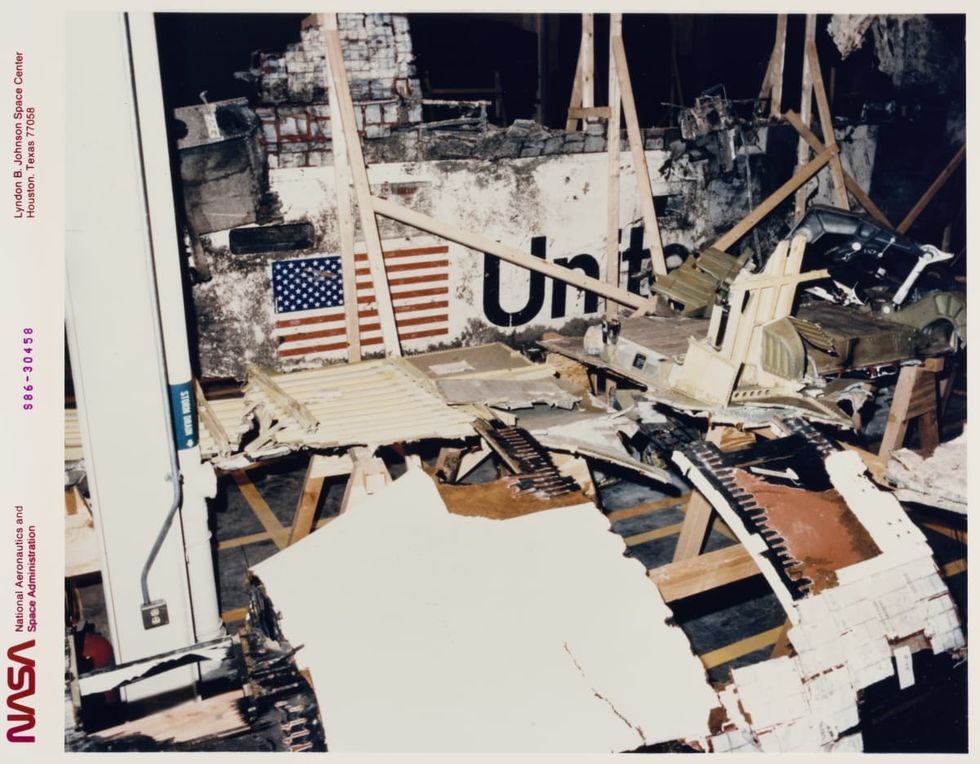 Image Source: Wreckage of the Space Shuttle Challenger (OV-099) displayed in the Logistics Facility of Kennedy Space Center in Houston, Texas, 9th April 1986. (Photo by Space Frontiers/Archive Photos/Hulton Archive/Getty Images)
Image Source: Wreckage of the Space Shuttle Challenger (OV-099) displayed in the Logistics Facility of Kennedy Space Center in Houston, Texas, 9th April 1986. (Photo by Space Frontiers/Archive Photos/Hulton Archive/Getty Images)
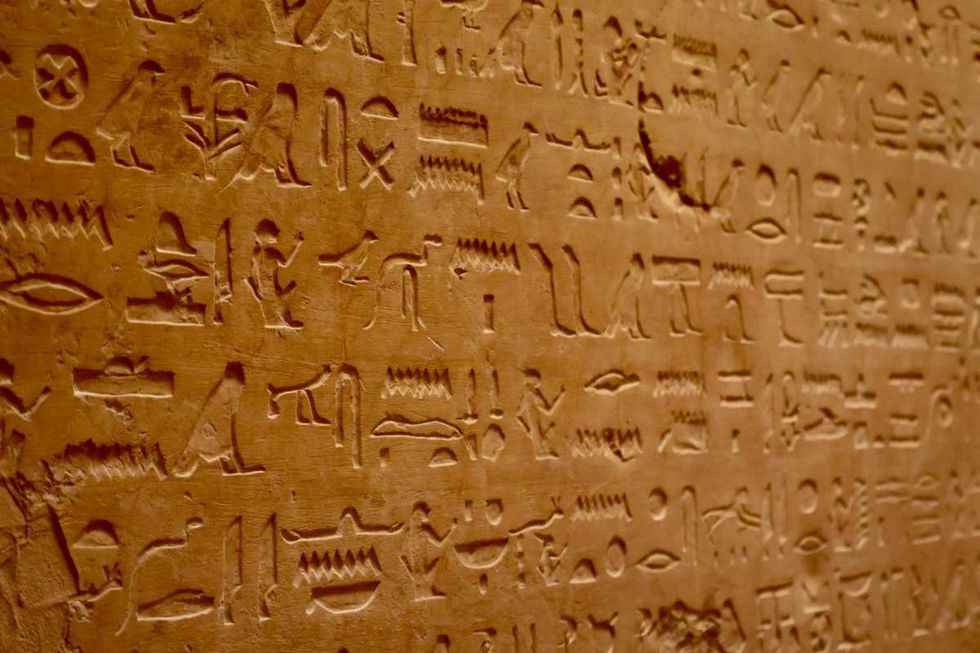 Representative Image Source: Pexels | Yannick B
Representative Image Source: Pexels | Yannick B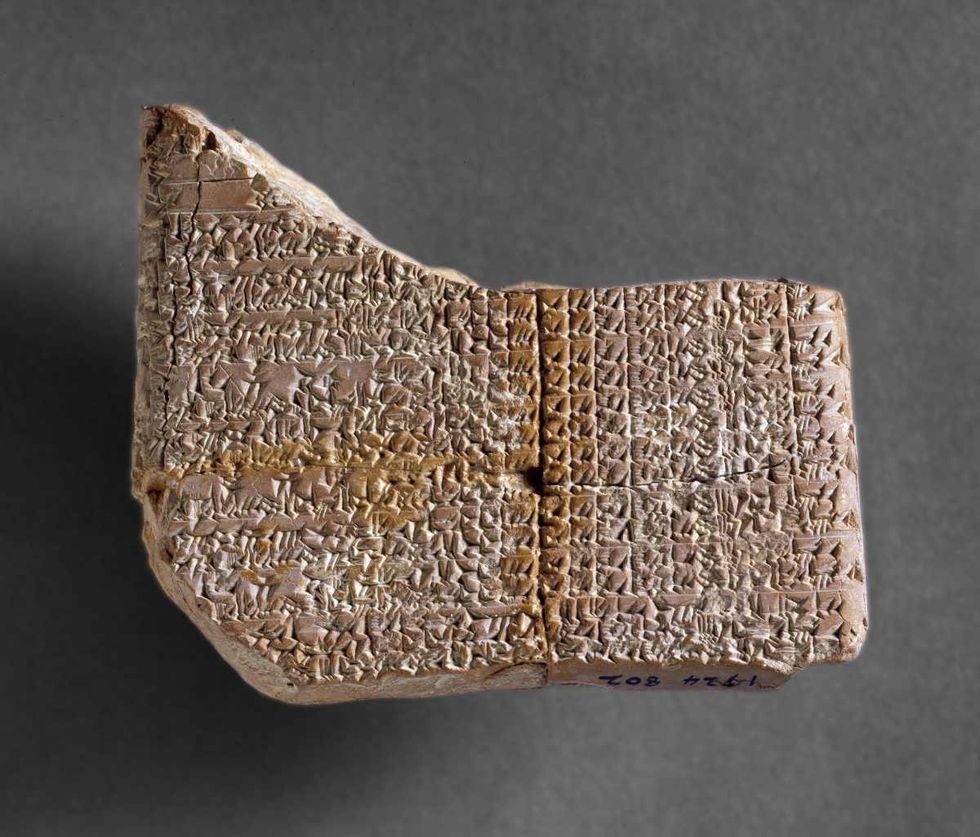 Representative Image Source: Tablet, Old Babylonian, circa 1800-1600BC. (Photo by Ashmolean Museum/Heritage Images/Getty Images)
Representative Image Source: Tablet, Old Babylonian, circa 1800-1600BC. (Photo by Ashmolean Museum/Heritage Images/Getty Images)

